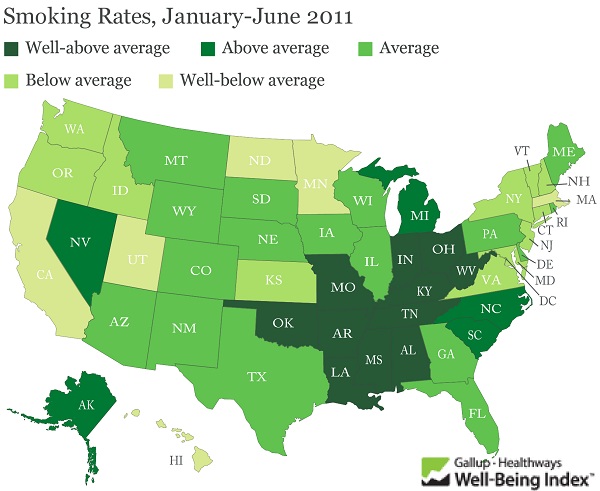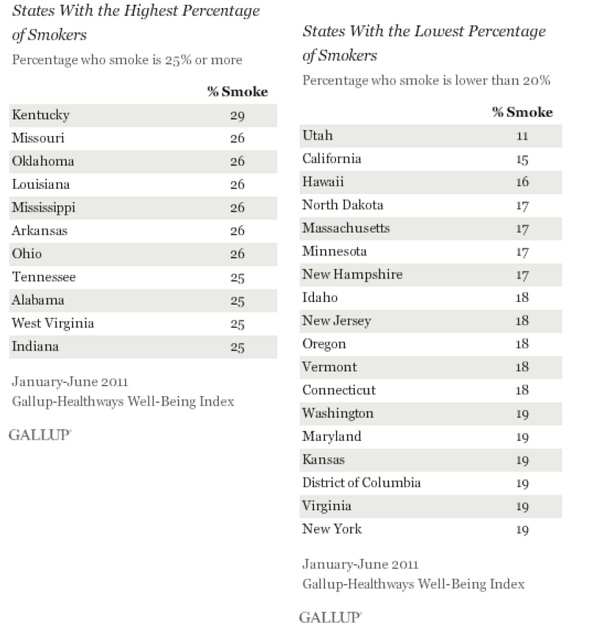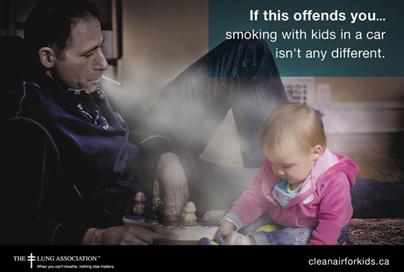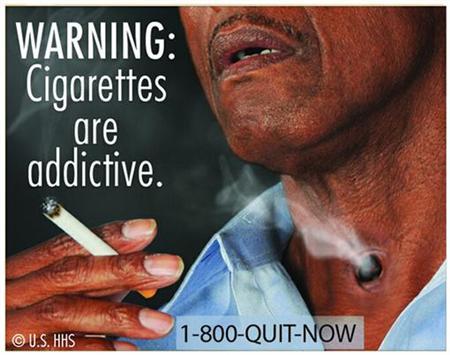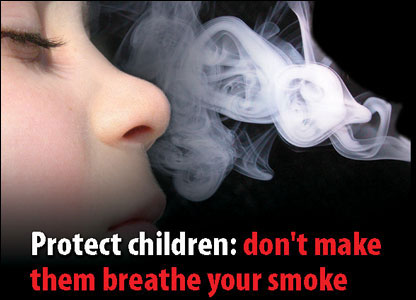According to a new study.
The poor safety profile of the smoking-cessation drug varenicline (Chantix™) makes it unsuitable for first-line use, according to a study published in the Nov. 2 edition of the journal PLoS ONE, an online publication of the Public Library of Science.
Varenicline, which already carries a “black box warning” from the U.S. Food and Drug Administration (FDA), showed a substantially increased risk of reported depression or suicidal behavior compared to other smoking-cessation treatments, according to researchers at Wake Forest Baptist Medical Center, the Institute for Safe Medication Practices, Harvard Medical School and Johns Hopkins University School of Medicine.
The researchers found that 90 percent of all reported suicides related to smoking- cessation drugs since 1998 implicated varenicline, even though it was on the market only four years in the nearly 13-year study period. They also found that varenicline was eight times more likely to result in a reported case of suicidal behavior or depression than nicotine replacement products.
The drug looked promising, I suppose. I had some friends who were heavy smokers and they reported the weird feelings and dreams as a result of taking Chantix.
They soon abandoned the program and returned to smoking.
Nicotine is a nasty, highly addictive drug and the best course of treatment is probably not to start in the first place.
“While suicidal behavior or depression appear to be prominent side effects of varenicline, they are by no means the only safety issues,” said Thomas J. Moore, senior scientist at the Institute for Safe Medication Practices and lead author of the study. “Varenicline has been associated with aggression and violence in three studies and carries a warning about this behavior. Its effects on vision, cognition and motor control and other risks have led to its being banned for airline pilots, air traffic controllers, military pilots and missile crews, and restricted for truck drivers.”
Varenicline also is associated with an increase in the risk of serious cardiovascular events, as reported in the July 4, 2011, issue of the Canadian Medical Association Journal by Furberg and scientists at Wake Forest Baptist, Johns Hopkins University School of Medicine and the University of East Anglia in the United Kingdom.
“We strongly recommend that the FDA should revise the ‘black box warning’ to say what this study and the FDA’s own data show — that varenicline has higher risks for suicidal behavior and depression than other smoking-cessation treatments,” Furberg said.
“We agree with the recommendations of the U.S. Veterans Administration (VA) that varenicline should be prescribed only after failure of nicotine replacement, bupropion or a combination,” he added. “The VA also recommends a mental status examination to assess risk of suicidal or violent behavior prior to prescribing varenicline.”
Tobacco use is responsible for one in five deaths in the United States each year and adds $193 billion to health care costs. It is among the most treatment-resistant forms of drug dependency, with 36 percent of the nation’s smokers attempting to quit each year but only 3 percent succeeding for six months or more, according to the Department of Health and Human Services.
Here is a video of some of the problems with Chantix:
